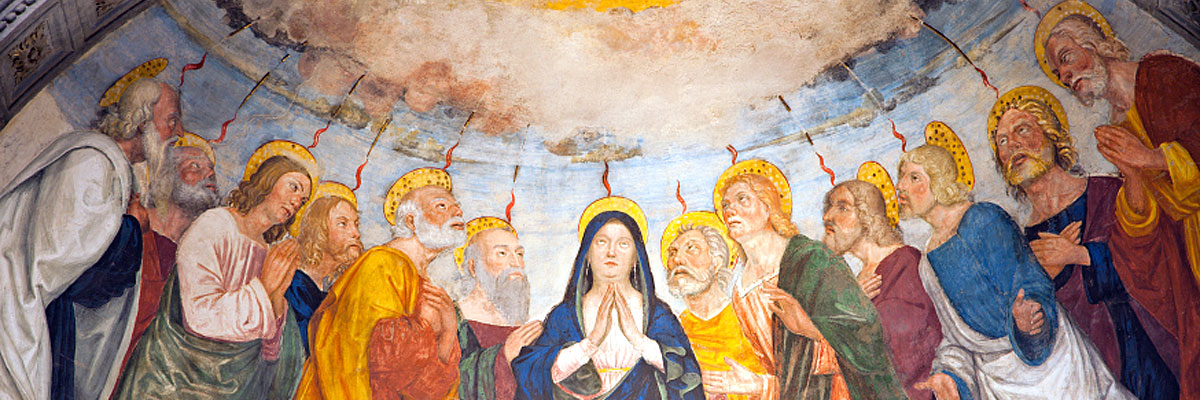
Understanding Our Church
A Treasury of Arkansas Writers Discussing the Catholic Faith
Official Website of the
Catholic Diocese of Little Rock
St. John Paul II explains Christian meaning of suffering
Published: August 8, 2020
By Edward C. Dodge
Catholic High School for Boys
St. John Paul II’s apostolic letter promulgated in 1984 titled: "Salvifici Doloris" (“On the Christian Meaning of Suffering") offers us some profound meditations for how we approach our world today. Let’s situate what an apostolic letter is among other Church documents.
Of primary authority are apostolic constitutions issued by popes, such as the constitutions of the Second Vatican Council or the decree raising the Assumption of Mary to a dogma of the faith. These are, essentially, legal and binding documents. Next come papal teachings: encyclicals, apostolic letters, apostolic exhortations and motu proprio documents, respectively.
Finally, there are instructions (issued by congregations led by cardinals in Rome), explanatory documents, pastoral letters (issued by national episcopal conferences or local bishops) and various statements or guidelines that are only instructive. I first read "Salvifici Doloris" after the attacks on Sept.11, 2001. St. John Paul II was a philosopher who thought profoundly, particularly about experiences, a branch of philosophy called phenomenology.
St. John Paul II deciphers three primary goods within the evils of suffering: first, suffering happens to us individually, but properly engaged, it leads us to communion and solidarity; second, suffering is a temporal experience, but if it is temporal, we can recognize that we are meant for eternal life, which Christ mercifully offers to us (John 3:16); third, suffering is linked to hope and to love.
In a world without a God, suffering would be simply an added cruelty to an already absurd and accidental existence. But in "Salvifici Doloris," the pope sets out to assert that suffering, in reality, is not only the gateway to strength and to hope, but it also has a divine meaning, lifting, therefore, our own sufferings into a kind of glory. I needed to hear that then; I need to be reminded of it now.
I found it very interesting that the Old Testament did not differentiate linguistically between “suffering” and “evil.” That distinction came about only after the Greek translation. What this means is that all suffering is a type of evil, which philosophy defines as a “lack of the good.”
St. John Paul II deciphers three primary goods within the evils of suffering: first, suffering happens to us individually, but properly engaged, it leads us to communion and solidarity; second, suffering is a temporal experience, but if it is temporal, we can recognize that we are meant for eternal life, which Christ mercifully offers to us (John 3:16); third, suffering is linked to hope and to love.
God created humanity in relationship (“man and woman, he created them”) and with the purpose of eternally praising God in creation. However, in Eden, the serpent undermined our relationships with God and each other. That led to strife, toil and eventual death. In the Old Testament, death essentially paralyzes the person. In She’ol, the dead merely exist; disembodied, they can no longer praise God or work in creation.
But God’s love is so great that he became incarnate, took on human suffering (“My God, My God, why have you abandoned me?”) and suffered the dissolution of his body. But whereas Adam and Eve died of disobedience, Christ “emptied himself” and was obedient, even to death on the cross, thus winning salvation.
Most powerfully, Christ’s resurrection reveals that all of this — these broken relationships, suffering, death itself — is temporary for those who have been saved by Christ and given themselves to him. Suffering will end in an eternal and loving embrace. And death itself will relinquish its sting.
There is much more upon which to ruminate in this powerful apostolic letter. The 40-page document is available free on the Vatican website.



